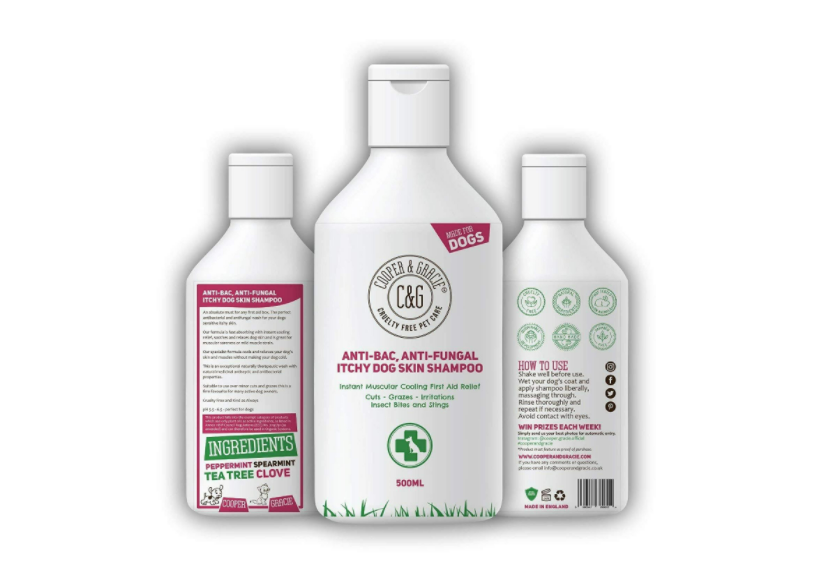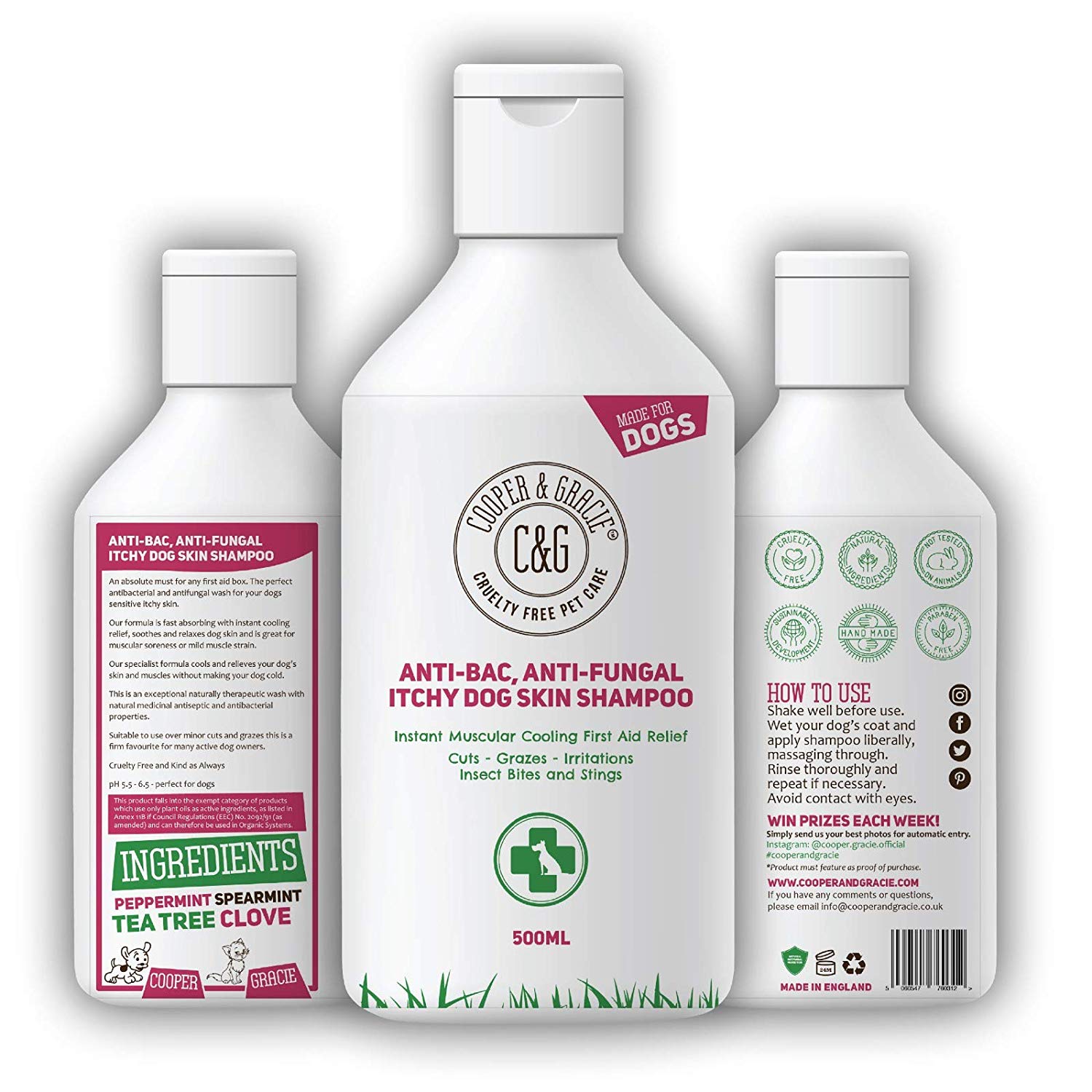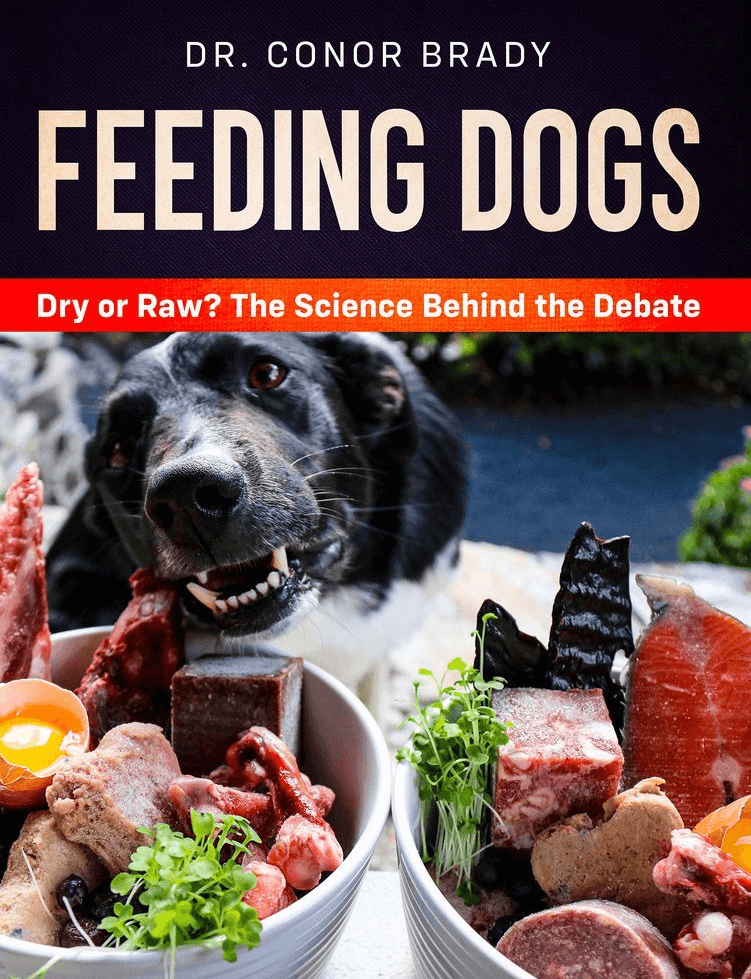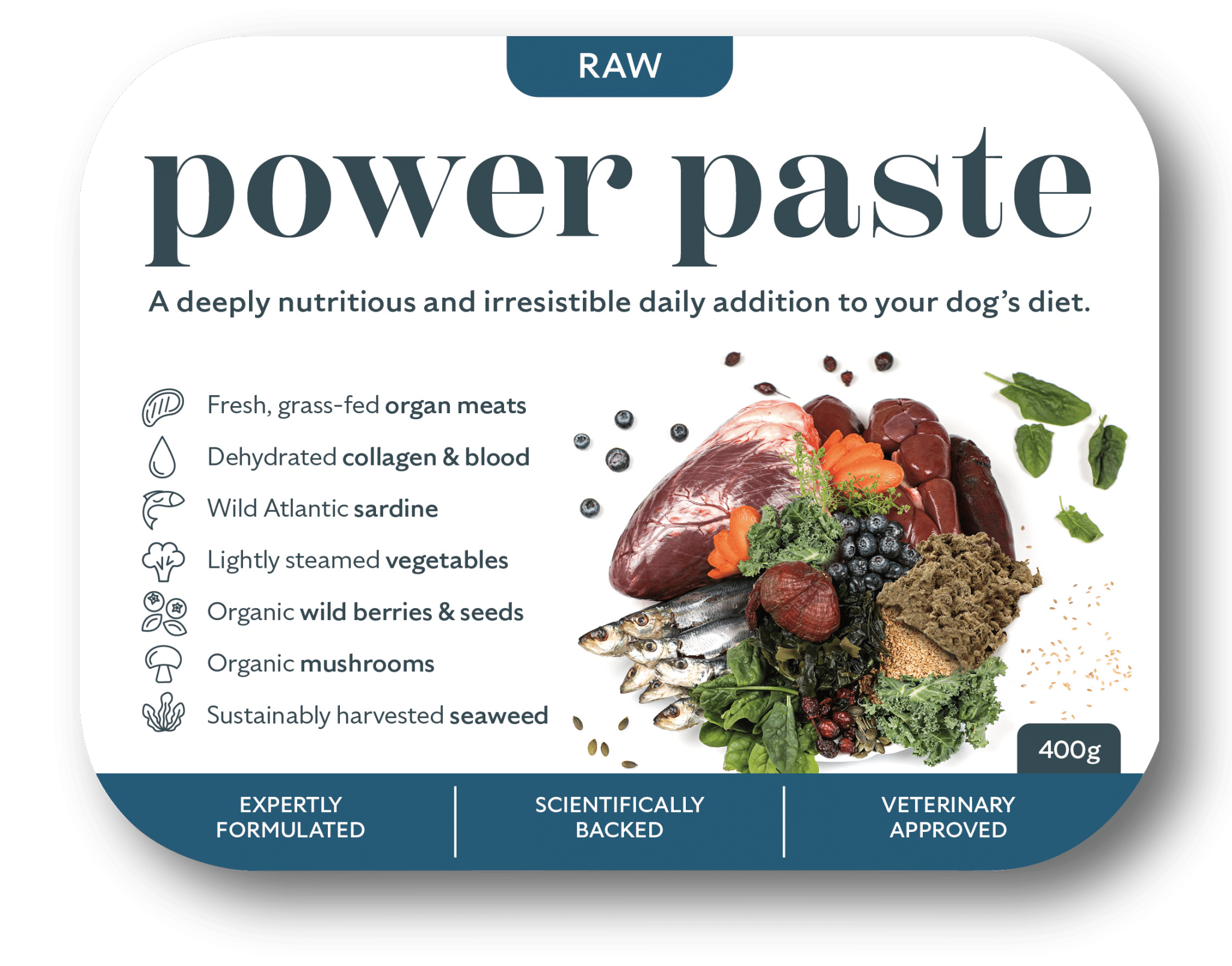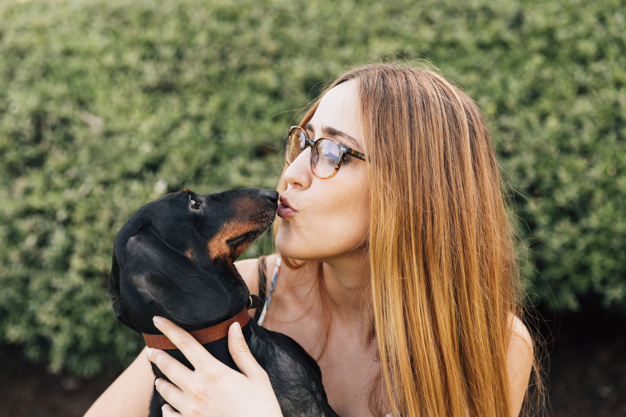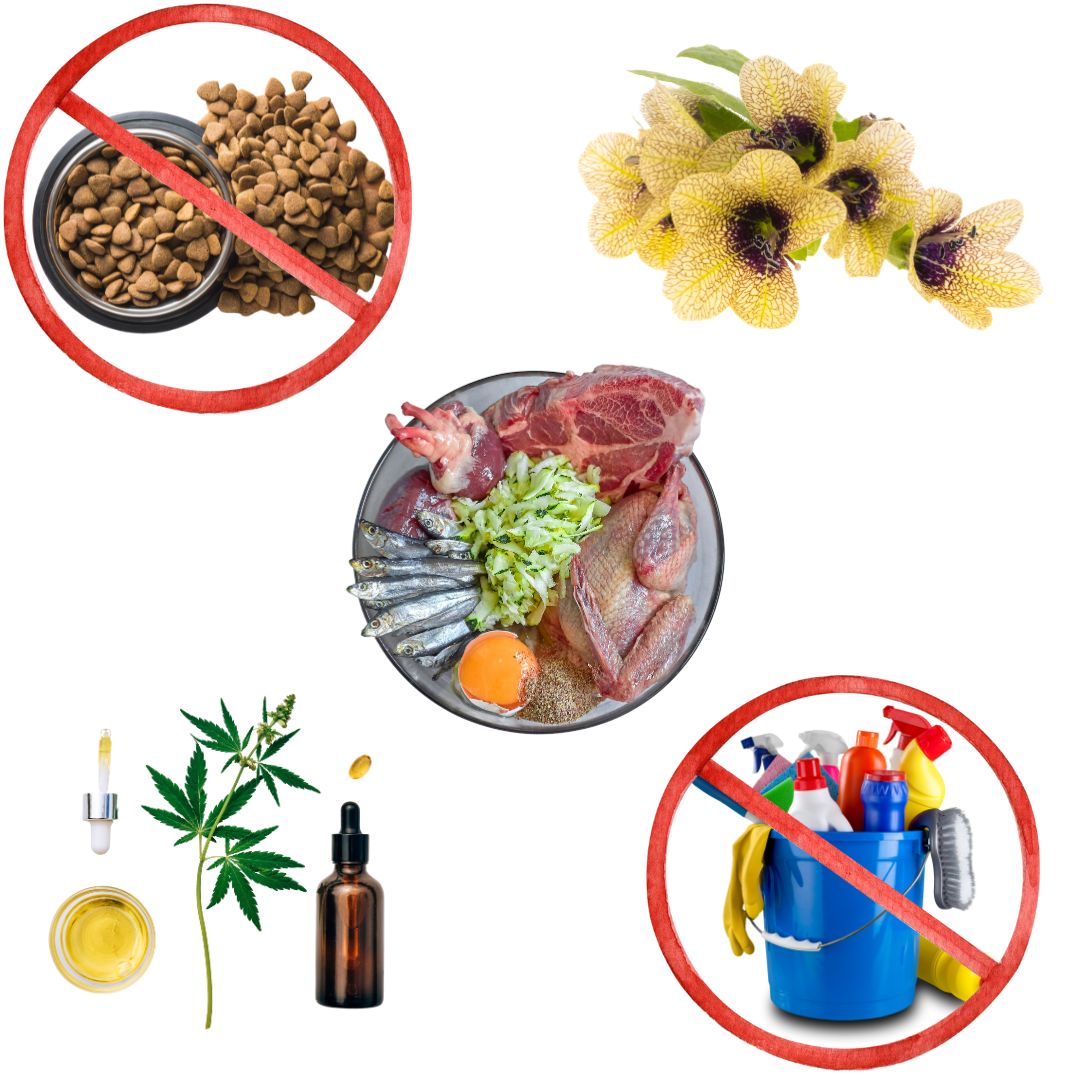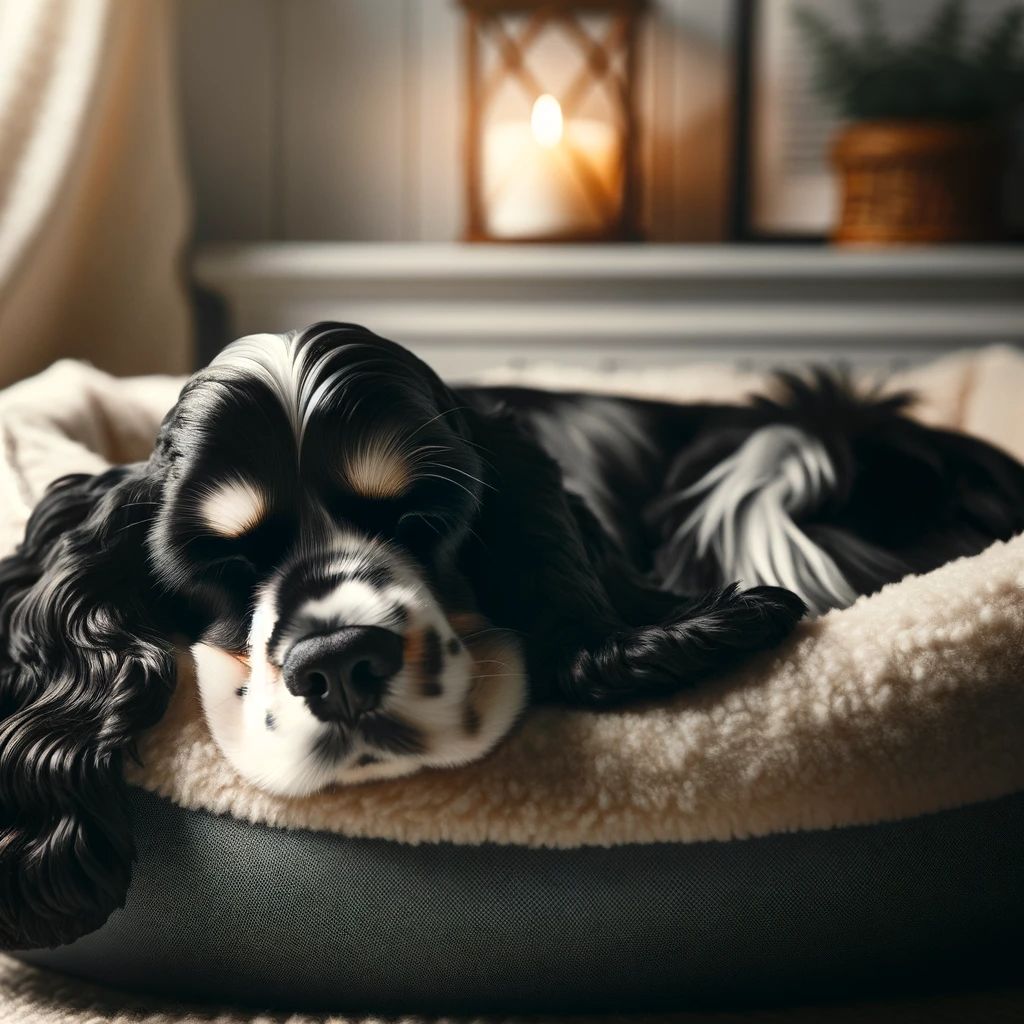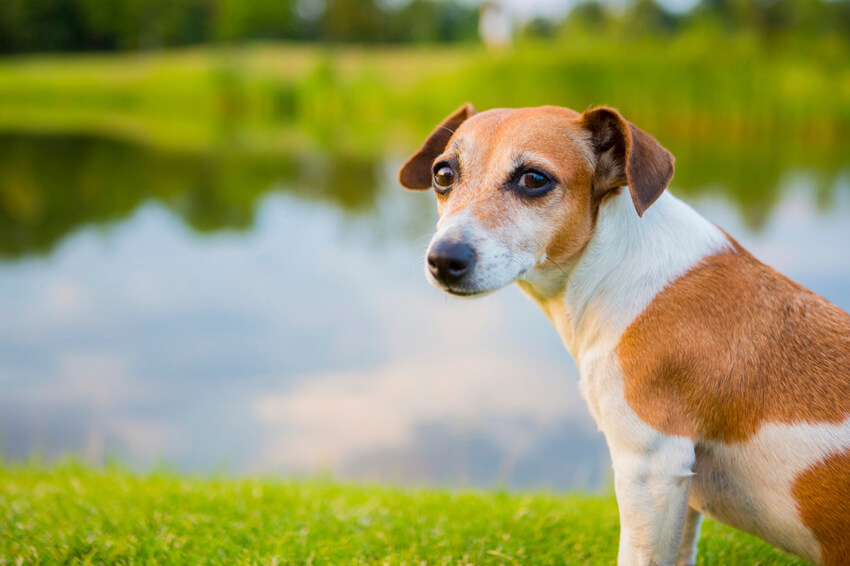Top 10 Tips for Itchy Dogs Before You Call the Vet Part 9/10: When Nothing Seems to Working, you need to Consider Fungal Infection in Dogs…
A fungal infection in dogs will leave your dog scratching incessantly. However, unless I can literally smell those stinky cheesy ears though (a sure sign there’s a fungal infection going on), I try the previously mentioned steps first to sort out my itchy dog before trying the yeast-kill below. Reason being, most itchiness in dogs can be explained by an incorrect diet and, with the new natural treatments already mentioned, you will find that a mild fungal (yeast) issue (which is all down to a lack of balance in the gut) will rectify itself anyway as your dog gets his house in order. However, when a fungal infection in dogs really takes hold it can be a bit of a stubborn issue to clear. That said, if you follow the process, which is not difficult, you should have your answer in 2-4 wks.
What do fungal infection in dogs look like?
Dogs suffer fungal blooms just like humans, and for the same reasons. Fungal infections in dogs usually start with the delicate gut flora balance in the animal being upset (a number of ways you can do this – a diet consistently high in sugar, chemicals in processed food, stress, antibiotics). Yeast cells (candida particularly) are normally kept in check by the gut flora but once an opportunity presents itself yeast will often take full advantage. They often pop up in warm and moist areas such as ear flaps, between well-licked toes or vaginal areas. You’ll know it’s yeast by the smell which is a horrible, rank cheesy smell. Lovely! And of course, inevitably, your poor dog is always itching those areas.

Other symptoms of a fungal infection in dogs…
- Intense itchiness
- Skin irritation and inflammation (usually around ears, between the paw pads and digits, vulva).
- Crusty skin
- Red, swollen ears with lots of head shaking or head tilting
- Stinky, dark yellow discharge from the affected area
Treating a fungal infection in your dog
Step 1 Remove All Sources Of Sugar
Yeast cells are sugar junkies. In fact, a diet high in sugar is one of the main causes of the issue in humans. Now look at dogs, trying to live on dry kibble diets or cans containing mostly cereal, meaning a diet containing 50-60% rapidly digested carbs (a.k.a. sugar to the body). Every meal. This is a huge sugar intake, particularly for an animal that does not need any carbs whatsoever in their diet whatsoever. Even their treats are laced with sugar so they will eat them. Asides all the other issues a diet such as this will cause in your dog (including obesity, pancreatitis, kidney stones, rotten teeth and likely problem behaviour), yeast loves sugar. In fact, yeast needs sugar to live. It cannot metabolise protein or fat.

It follows, if you have tried all our previous steps and your dog is still itching, then we may be looking at a yeast issue. Step 1 is starving the yeast infection by removing all the carb-based products and feeding a simple raw dog food diet, one that is void of fruit and sweet veg likes carrots and potatoes etc. This includes any and all cereals (wheat, corn, potato, rice etc and anything made on them such as pasta, bread, dry dog food and pet store treats). You also need to remove all fruit and sweet/ starchy veg such as carrots, peas etc. Everything. All you can feed is raw meat and bone and perhaps a little dark green veg, if you wish (sulfur in these can help). As you would cancer in dogs, you must starve the yeast of fuel to growth, suffocating it. As most pre-made raw dog foods contain added fruit and veg bits (Paleo Ridge do a range of high quality fruit-free completes do not and so would thus be suitable), you may need to make your own dog diet and tailor it to your yeasty dog. You can also add in the treatments (below) to the mix to save you remembering each meal.
Step 2 Treat The Fungal Infection Topically
If the yeast infection is in the ears and your dog is always itching them there are lots of natural ways to kill it off. One of the best ways is Apple Cider Vinegar (Braggs is probably best as it contains the “mother”, the cloudy bits on the bottom, find it here on Amazon). ACV essentially extract the water from the yeast cells, killing it straight away. It’s also a great anti-bacterial, which can often get into little scratches made in the ear from the dog scratching at his poor ears. Make up a 50/50 mix of ACV with warm olive oil. The warm oil helps to soften the wax (we do not use water as it will feed the yeast, it needs water to thrive). Use a cotton make-up remover pad, soak it in the solution and gently swab out his ear canal. Never go from ear to ear with the same swab.
Colloidal silver (find colloidal silver here on Amazon) is another great ear wash for fungal infections in dogsFungal. Also great for cleaning wounds too as it’s highly antibacterial. But the ACV is more versatile (eg: it is also the base of the anti-itch spray in Itchy Dogs Part 4/10).
Or, if you want to go for the whole body approach, pick up a natural anti-fungal shampoo. The one below seems very popular, and natural, which is the way we like it! The ingredients are simply peppermint (which is cooling, hence in our spray), teatree and clove (the latter two being particularly anti-fungal). Either that or Botanica, which is another highly popular natural product which began life for use on the skin of horses but is now used extensively in the treatment of various canine skin conditions as well as fungal infections in dogs. Made in Ireland but available globally via Amazon
Step 3 Treat The Fungal Infection From Within
Like a mushroom on the ground, all you are seeing there is the fruiting body. The vast, vast amount of that fungus is under the surface, where it lives and feeds. In this way, what you see on the surface, from the sore, smell ears to the dog always itching, is but a symptom of a greater issue yeast within, the tip of the iceberg so to speak. You need to tackle the yeast internally to kill it off. The first way we attack is cutting off its fuel (sugar). The second idea was passed to me from a natural vet who found it on Raw Fed Yeasty Dogs, an American Facebook page. It’s all about using and switching around anti-fungal treatments. The switching bit is key, which is not something I was aware of.
The protocol is simple: first give them a few drops of of apple cider vinegar (ACV, recommend Braggs) into their food and a good quality canine probiotics (you can find some on Amazon). These help to restore the gut flora balance. To this, for two weeks add two drops of oregano extract on every meal (to make it more appetising you can mix the 2-3 drops into a teaspoon of coconut oil or olive oil and then mix in). Oregano oil is a powerful anti-fungal, it’s also a “hot” herbal inclusion, meaning it doesn’t taste nice and too much could cause an issue. Read our article on oregano oil in dogs for more. Then for the next two weeks, you stop the oregano and switch to Grapefruit Seed Extract (4 drops twice daily, ideally in food) for two weeks. Another powerful anti-fungal.
This is the best advice so far from a natural perspective that I have seen. If it doesn’t work you can call your vet. They will swab his ears to check for a fungal issue and then give your some drugs. I would advise including the canine probiotics in the background while this drug was going in, if your vet is OK with it.
***
More from the itchy dog series…
Itchy dogs part 1: Why is my dog itching?
Itchy dogs part 2: The best diet for itchy dogs.
Itchy dogs part 3: Is it parasites? Here’s how to check.
Itchy dogs part 4: Best home remedies for itchy dogs.
Itchy dogs part 5: Homemade spray to relieve their itch.
Itchy dogs part 6: If you have to buy products, I strongly recommend these…
Itchy dogs part 7: Best shampoo ideas for itchy dogs
Itchy dogs part 8: Try some salt therapy!
Itchy dogs part 9: Might this be a yeast infection?
Itchy dogs part 10: Is your dog stressed?!

